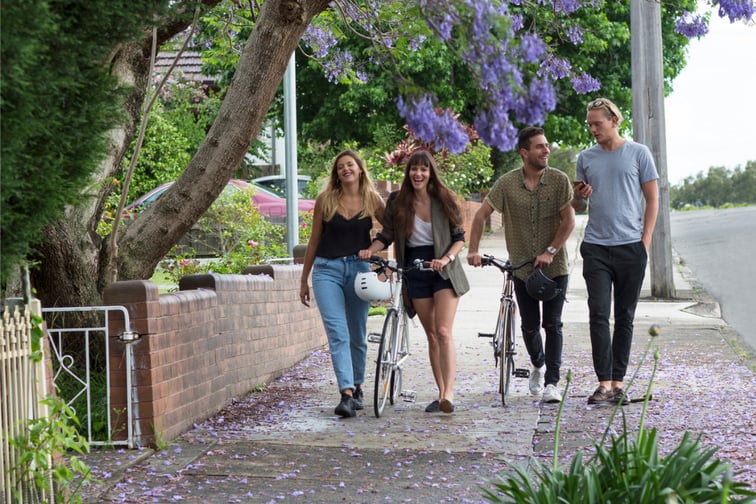

Young Australians continue to make up the biggest proportion of people relocating to regional areas from capital cities, but the overall number of people moving from metropolitan areas has dropped by 16.5% compared to the previous quarter.
This was according to the latest quarterly Regional Movers Index, which tracks movements between Australia’s regions and capital cities, using Commonwealth Bank data from relocations amongst its 10 million customers.
The June quarter data revealed that regional people have resumed their migration back to the capital cities, with net migration to regional areas falling 35% since the March quarter. Despite this latest fall, net migration to regions still outstripped the two years prior to COVID-19 by 30.2%.
The index, which is a partnership between CBA and the Regional Australia Institute (RAI), also showed that millennials made up the largest age cohort of people moving to the regions pre-pandemic – and their share has increased since COVID-19.
The data also suggested that show movers are getting younger. Pre-pandemic, the median age of the average regional mover in NSW was 37 years, but it fell to 33 years during COVID-19. In South Australia, the median age fell from 38 years to 34 years, and in Queensland, from 35 years to 33 years.
“Regional economies are booming, many businesses are investing and innovating to strengthen their capabilities and grow, and this is creating new employment options for jobseekers in many regional towns and cities across the country,” said Paul Fowler, CBA regional and agribusiness executive general manager. “This is particularly in key sectors such as agriculture and manufacturing, where there continues to be strong production and revenue growth.”
Liz Ritchie, RAI CEO, said the recent easing of movement to the regions should take the pressure off housing demand and provide them breathing space to plan for the future.
“We know people are happier when they choose a life in the regions, but investment in creating a sustainable model for regional Australia to accommodate the changing nature of our populations trends is needed,” Ritchie said. “Now is the time for a new National Population Plan at the federal level, that considers future settlement patterns to ensure regional communities have the services and infrastructure they need to help them grow.”
The main destinations for city dwellers making a regional move were the major coastal cities close to the east coast capitals: Gold Coast, which welcomed 11% of all capital city movers, Sunshine Coast 6%, Greater Geelong 4%, Wollongong 2%, and Lake Macquarie 2%.
Three of the top five highest growth local government areas, meanwhile, were in South Australia, with young Aussies making up the largest proportion of movers from cities. Mount Gambier saw a 90% increase in regional movement over the year, Port Augusta 63%, and the Yorke Peninsula 50%.
Other LGAs such as Moorabool in Victoria also saw a significant increase, while Bathurst in NSW also featured in the top five highest growth LGAs for the first time, with a 39% increase in annual growth.
